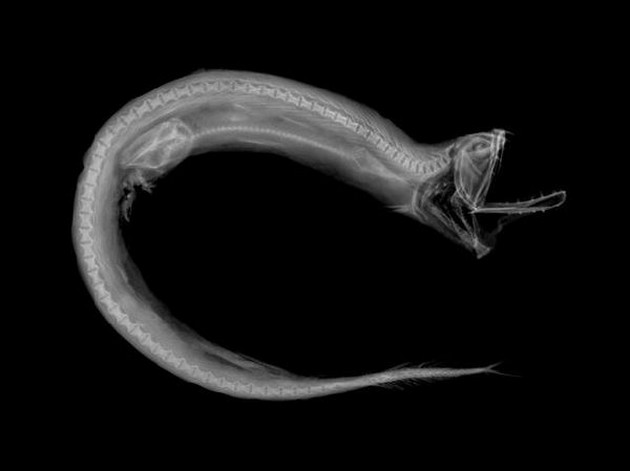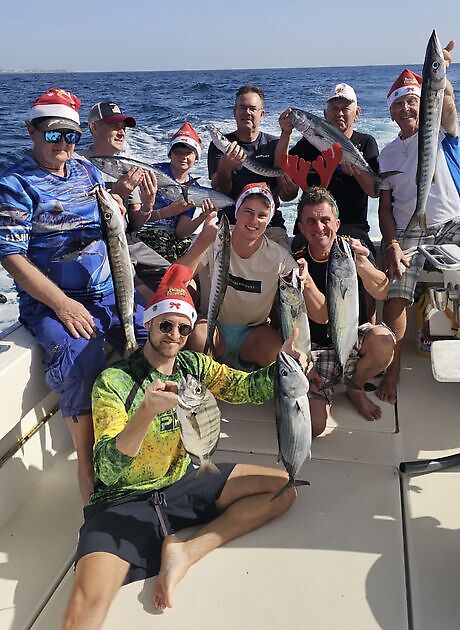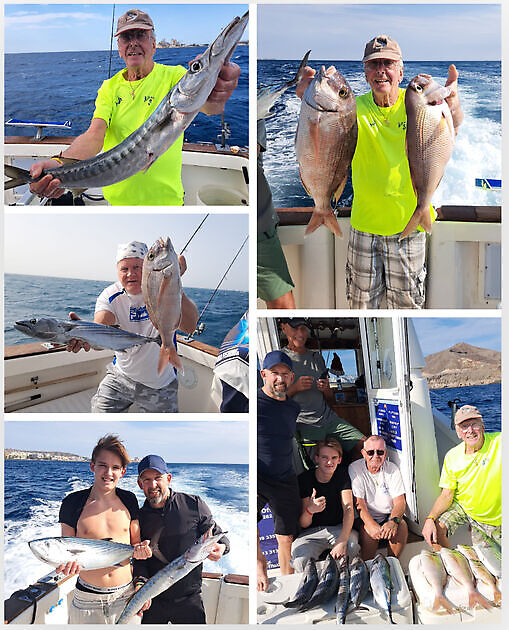Museum of Nature exhibit reveals the art and science of fish X-rays
Museum of Nature exhibit reveals the art and science of fish X-rays
Written by:
Hans Kruit, 19 December 2013
For most people, fish bones may be just an annoyance at dinnertime. But a new exhibition at the Canadian Museum of Nature could give viewers a broader perspective.
"X-rays of Arctic Fishes," opening Jan. 11, features images that show "the spectacular osteological architecture of fishes," said museum ichthyologist (fish scientist) Noel Alfonso.
Fish are considered to have the most complex bone structures of all vertebrates. That makes osteology — the study of bones — more challenging with fish than with other animals possessing a spinal column.
As revealed in X-rays, the number of vertebrae can be used to differentiate one fish species from another, Alfonso said.
But besides being scientifically useful, there is an artistic aspect to the technology.
"X-rays are a pretty cool way of seeing internal structure," said Alfonso. Some can be beautiful, he said, noting that he's long had a fascination with "the interface between art and science."
The museum has one of the best collections of Arctic marine fishes in the world. Species showcased in the exhibition of 16 back-lit images include such well known varieties as Arctic char, capelin and Atlantic halibut, as well as less familiar ones like the glacier lanternfish and the ninespine stickleback.
There's also a skeletal image of a Greenland halibut, a "really weird" type of flatfish that swims up in the water column and not exclusively along the ocean floor as other flatfish do, said Alfonso. Another odd thing about the species is the fact that one of its eyes only partially migrates from one side of the head to the other, instead of all the way as with other flatfish.
The X-ray of a 14-centimetre-long boa dragonfish, which was caught in a net and brought to the museum, reveals a fish in its stomach. That makes this specimen a rare find, since "these things can often go for months without feeding," said Alfonso.
Alfonso and a colleague made the X-ray images in November, using equipment at the Royal Ontario Museum in Toronto better suited for the artistic project than that at the Museum of Nature.
"X-rays of Arctic Fishes" will run to June 11, 2014.
Hans
source: The Vancouver Sun
Would you like to read more blog posts? Go to the page Latest News.




































